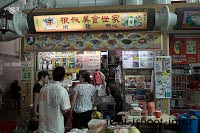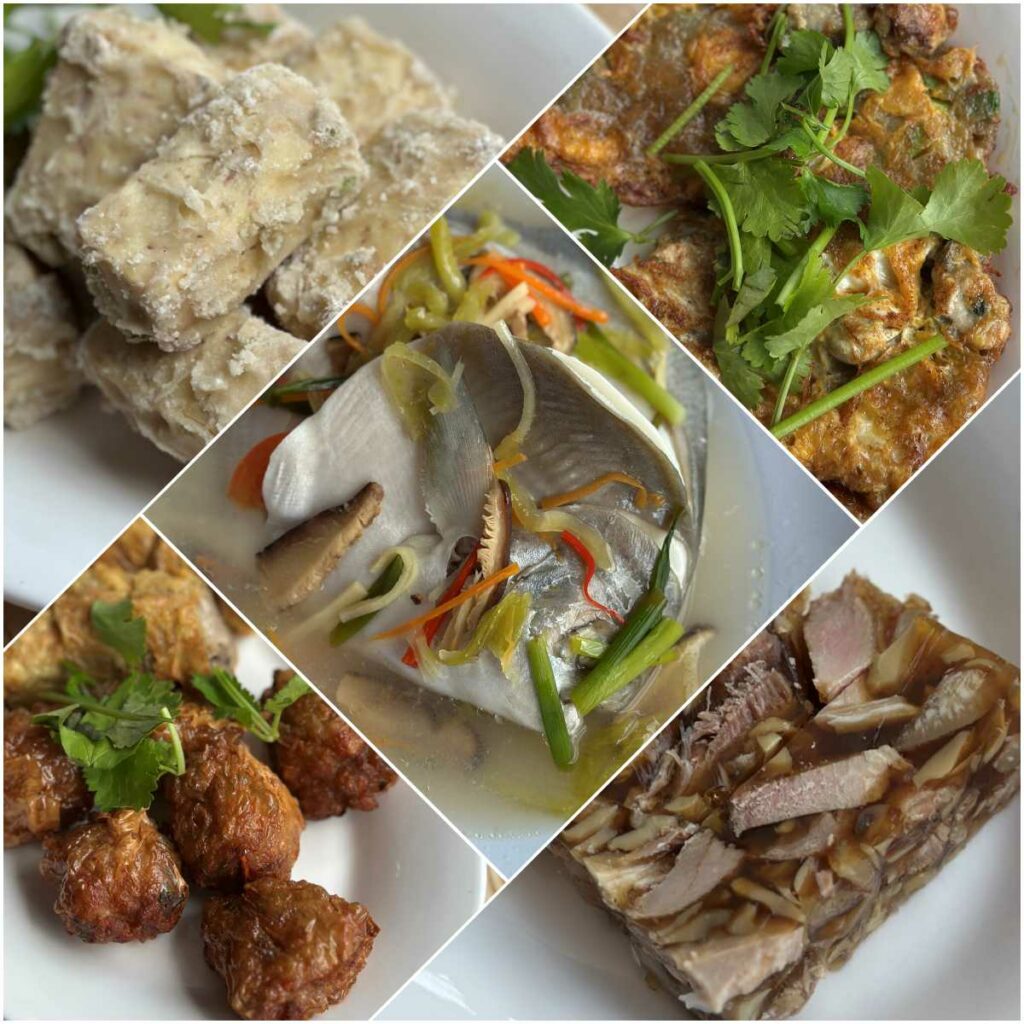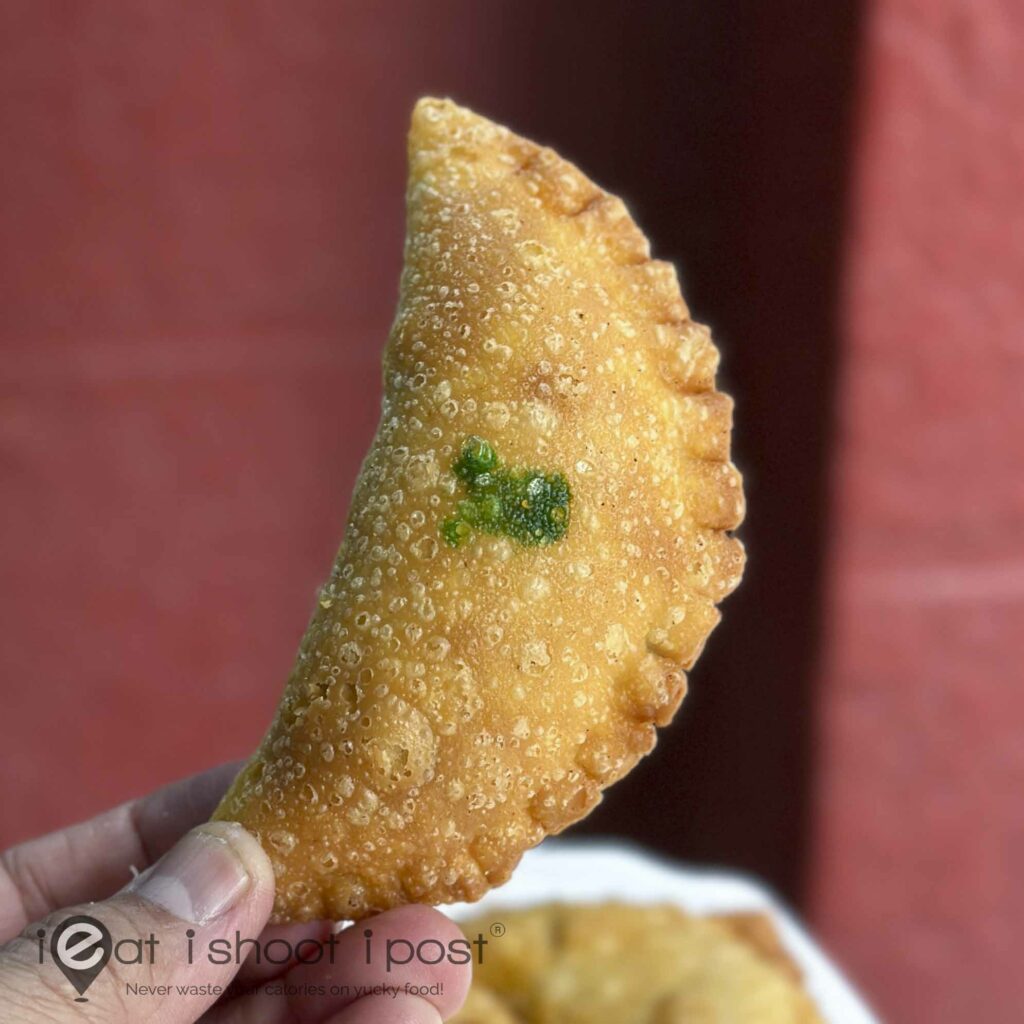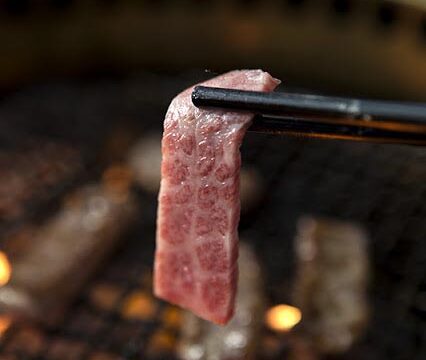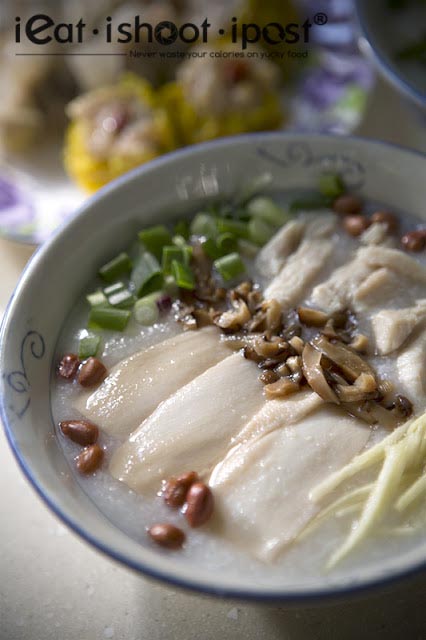
It is said that of the three different types of porridge that we commonly get in Singapore, the Cantonese Congee is the most (natural) gas consuming and laborious compared to the Teochew and the Hainanese version. In order to get the smooth consistency of a Cantonese Congee, the rice needs to be on a furious boil for two hours while being constantly stirred. Perhaps that is one reason why there are not a lot of Cantonese style porridge being served in our hawker centres?
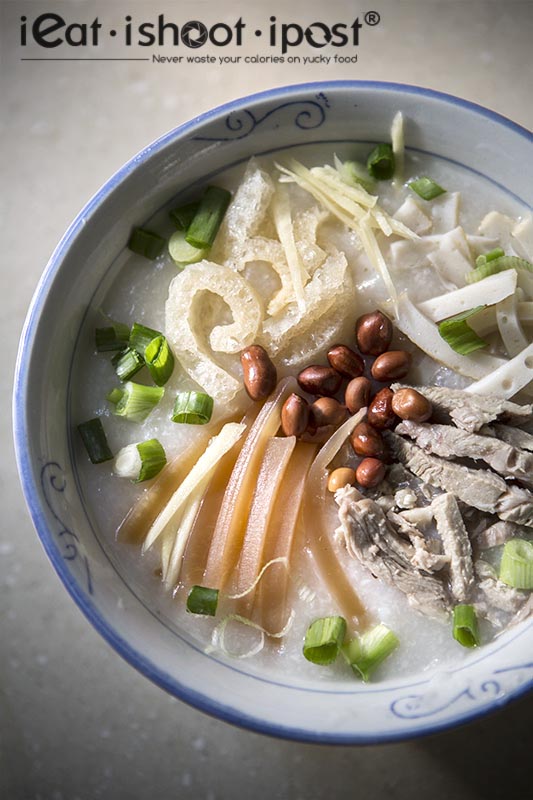
I met up again with our favourite Hong Kong Masterchef (retired) Gen Shu (That’s Uncle Gen, not General Shu) for breakfast one Sunday morning and as always he has many stories to tell me. It’s just too bad that I don’t really understand Cantonese or else, I assure you, this post will probably be 4 times longer than it is.
Anyway, having been the head chef in a major chain of Cantonese restaurants, Gen Shu is big on Congee and has exacting requirements for what he considers a good Cantonese style porridge. He tells me that the texture and smoothness of the porridge is paramount. That is the reason why he combines two different types of rice to make the Congee. The smoothness is also the result of adding fragrant oil into the Congee during the cooking process so that it becomes emulsified into the porridge. Once the Congee is made properly, it doesn’t matter what ingredients you add into it, it will still taste good.
We were there one morning with my kids and their cousins and I can tell you that the congee is so good that the kids all ordered extra bowls of the PLAIN Congee just to eat it! I think that says a lot about the Congee! 4.5/5

Gen Shu has quite a few different toppings for the congee but the most interesting one is the one with pig skin, cuttlefish, sliced pork, peanuts and fish cake. Those of you who are familiar with Hong Kong Cuisine will recognize it immediately as Sampan Porridge 艇仔粥.
Tradition has it that the Sampan Porridge was served aboard sampans that plied Liwan Lake on the western outskirts of Guangzhou. People would get onto the boats and eat the porridge while making the journey across the lake. Gen Shu tells me that in the past, strips of beef were used but nowadays it is substituted with pork because of the religious dietary restrictions of some customers. The porridge became so popular that restaurants in Hong Kong started serving it and it is now one of the most famous Congees in Hong Kong.
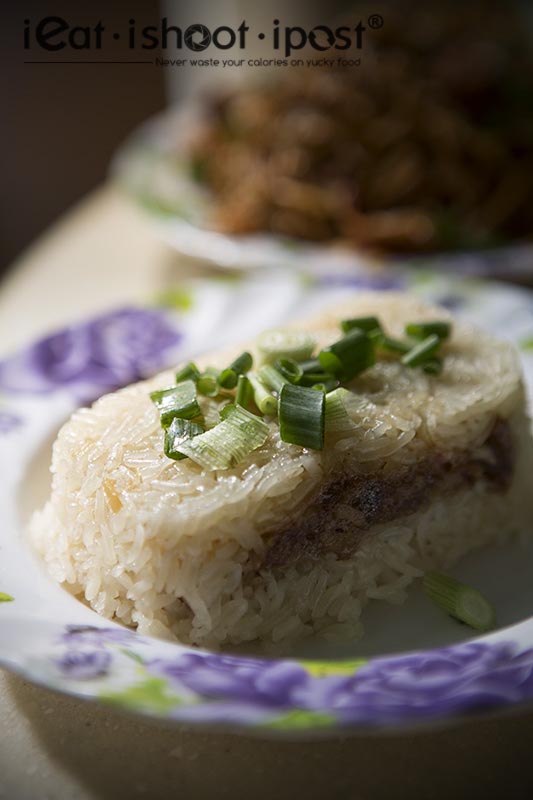
If you visit Gen Shu during the weekend, you also have the chance of tasting his Lo Mai Kai. Gen Shu tells me that he finds most of the local version too wet and gummy. The glutinous rice in Lo Mai Kai should not be gummy but instead hold its shape and be firm but still tender to the bite.
He is quite proud of the fact that he is the first and perhaps the only one who makes a rectangular shaped Lo Mai Kai. I was incredulous about this. Afterall, you just need to change the shape of the container right? Given the same ingredients, I could make a star shaped one if I like! Heck I could even make one the shape of the Gardens by the Bay! But sorry, because of the “Chicken and Duck” kind of communication between me and Gen Shu I never quite understood his reasoning behind the rectangular Lo Mai Gai! I do get that the glutinous rice was a nice texture but I think I still do like my Lo Mai Kai moist and gummy because that is what I grew up eating! 4/5
Conclusion
Great place to find a bowl of Cantonese style Congee and especially if you are looking for Sampan Porridge. The kids simply love the plain Congee. My favourite is the fried fish porridge but really, your favourite flavour will depend on your particular preference for the ingredients.
Postscript
Many thanks for all your prayers. Gen Shu has had a successful heart operation and is now back at the stall!
